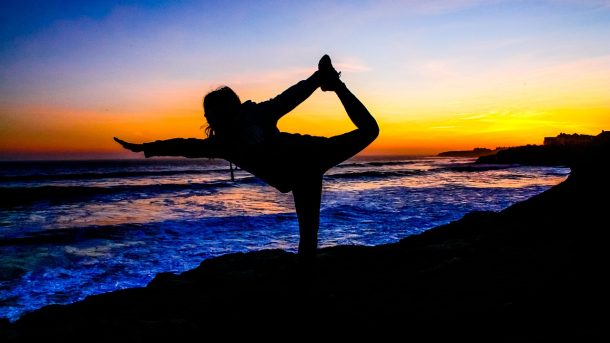It’s really important to follow mindful practices such as doing daily mindful exercises and eating healthy, but there is something else you can do, which might cost you but it will probably make you feel better.
Today we will discuss mindfulness in interior design such as what is that concept and how to implement it practically. If you’re thinking about renovating your house/flat or you’re currently looking to buy or rent one, then this article comes at the best time.
Learn how to make your home feel like home and how it can work for you, rather than for you to work for it.
Current Trends Back Us
If you appreciate interior design and you keep up with the current trends, you might have noticed that mindfulness is already deeply entrenched in them. It’s no lie that we all live busy lives, busier than we are supposed to, so our home becomes our haven where we look for relaxation from the hustle and bustle of modern society.
Interior designers and homeowners alike speak of conscious design that would make us not only more relaxed, but also more aware of our surroundings, and if that’s not mindfulness, we don’t know what is. Keep reading to find out more about these trends.
Location
Let’s start with the basics – location. Real estate agents will tell you location is everything and they are right. We recommend choosing a spot away from big traffic spots because these places provide too many distractions. The best places, as you might guess, are those in nature like a petite cottage in a village.
However, do not sponsor big construction projects in virgin parts of nature, you don’t want to contribute to the dissolution of our natural world. Rather, pick an old house and renovate it if you can (they are cheaper anyway).
Physical Space
This is a big one and perhaps the hardest one to achieve. We are talking about the house itself and its structure, so you either need to find one that matches the mindfulness standards, build one yourself, or bring out the bulldozer.
Mindful architecture favours open floor plans which inspire us to be open ourselves. They provide less distractions and makes think of our home as a whole. Open floor plans also resemble sanctuaries such as churches and other religious temples and thus, subconsciously make us feel accepted and relaxed.
Windows
Group the open floor plan with massive windows, and you’re in for a treat. If you can afford to, you should cover at least one or two walls in your house with big panoramic windows. This will be especially beautiful if you are surrounded by nature.
Not only would the pretty view help you wind down after a long day, but it would also make you more aware of the surrounding world. More windows also translate to more sunlight which energises you and it’s good for plants as well. It would be even better if you can open these windows as fresh oxygen helps you focus better.
The Less, The Better
You might have already guessed that mindful living favours minimalism, and minimalism is very trendy in interior design right now. Think of your belongings, do you need them all? We don’t suggest getting rid of items with deep sentimental value, but we suggest that you think about whether everything you own holds value and whether it’s functional.
Getting rid of things can be extremely therapeutic and it will help you get a sense of what’s important in life. Don’t surround yourself with more distractions, keep focus.
You can look for minimalist interior ideas online to find furniture that is functional, yet beautiful. You can also find ideas on how to decorate a room with minimalist items. For example, you can only have a room with a table and chairs, no need for fluff.
Forget About Technology
Technology has made our lives much easier, but it has also made us lazier and less aware of our world and ourselves. Try to make your home as least reliant on technology as possible. Forget about all these smart home ideas, you don’t need a virtual assistant to live your life to the fullest.
Try also getting less smarter appliances, go back to the basic. In addition, you don’t need a TV in every room, this is especially true for the bedroom. You should have a space devoid of technology where you can relax and contemplate.
Plants, Plants, and More Plants
What’s more mindful than taking care of plants which provide us with much needed oxygen? Get those plants that you’ve always wanted to have and try not to kill them. It’d be even better if you have a big backyard. If that’s the case, we suggest planting functional plants that you can live off such as fruit trees, cabbage, tomatoes, whatever your heart desires.
If you live a more sustainable and more self-sufficient way of life, you will feel better yourself.





